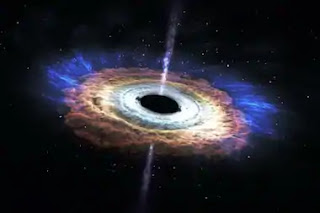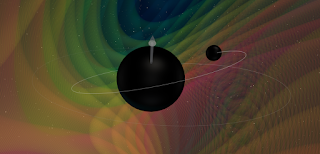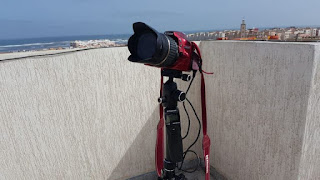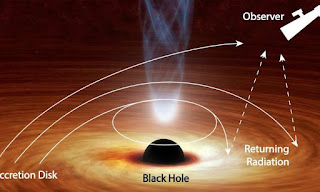Dancing gargantuan black holes perform on cue
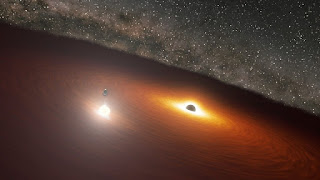
Dancing gargantuan black holes perform on cue Astronomers have been able to test key consequences of Einstein's theories by studying the way a couple of black holes move around each other. One of these objects is a true colossus - a hole weighing 18 billion times the mass of our Sun; the other not quite so big at "only" 150 million Sun masses. Scientists managed to predict their interactions very precisely. They did so by including their warping effects on space-time and by assuming the larger hole had a smooth "surface". The black hole pairing, known as OJ 287, exists about 3.5 billion light-years from Earth. Hubble delivers stunning 30th birthday picture Twisting jet observed at supermassive black hole Gravitational waves: So many new toys to unwrap Scientists have long recognised a sudden brightening from this system that occurs twice every 12 years. The outburst of energy is equivalent to a trillion suns turning on at once in the hole

